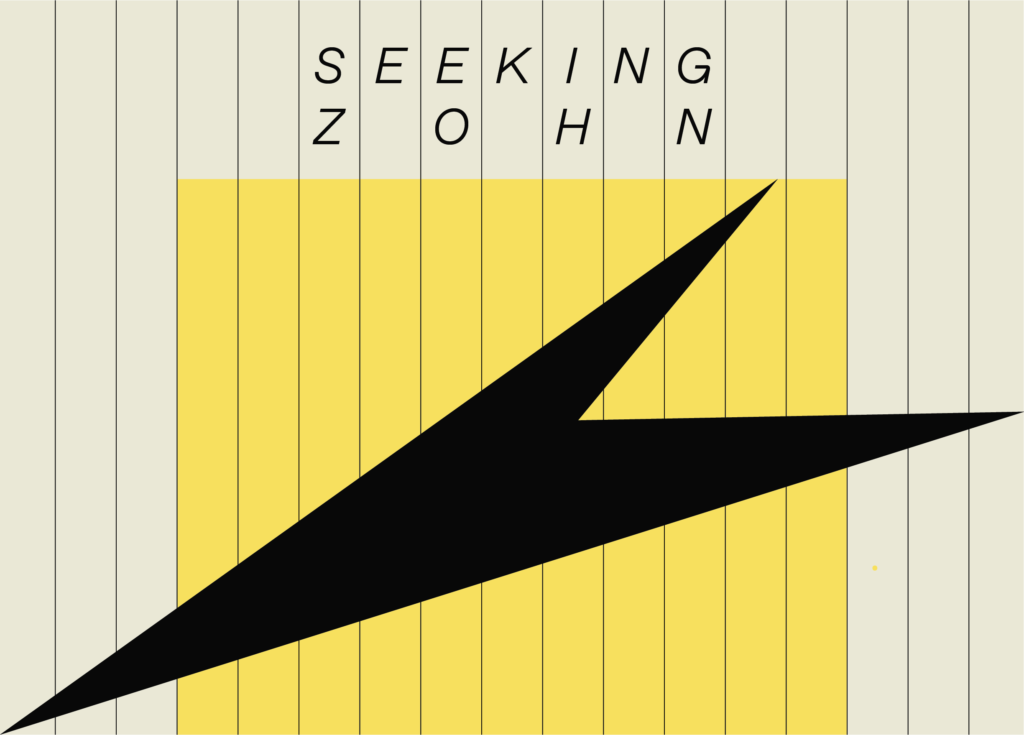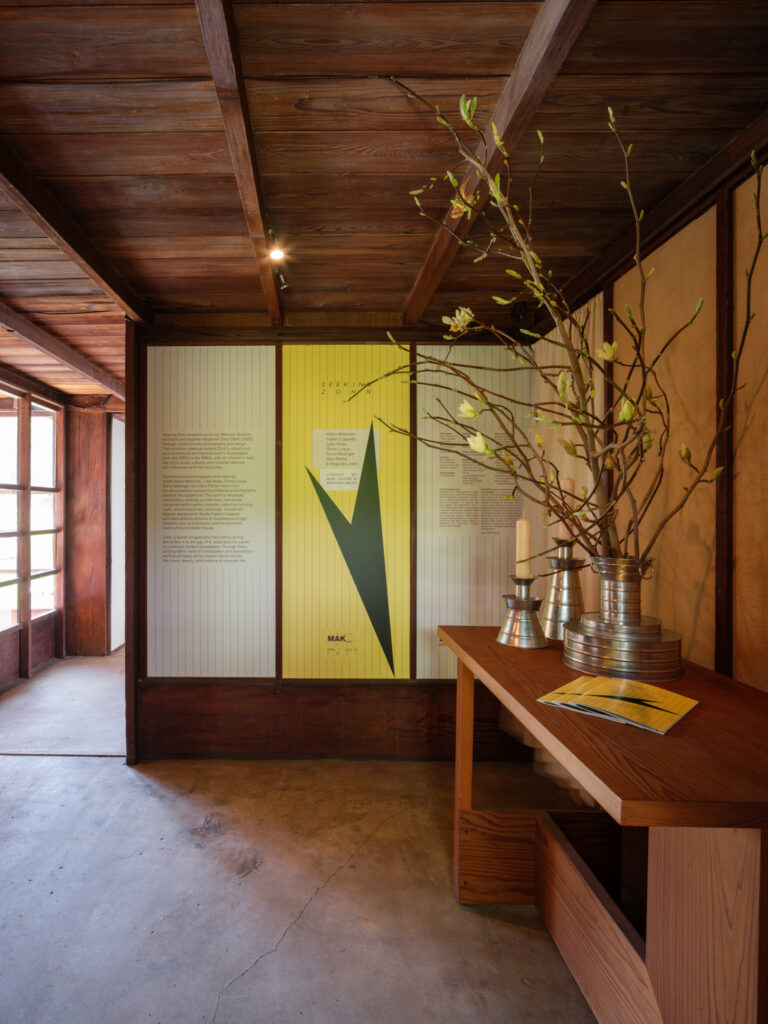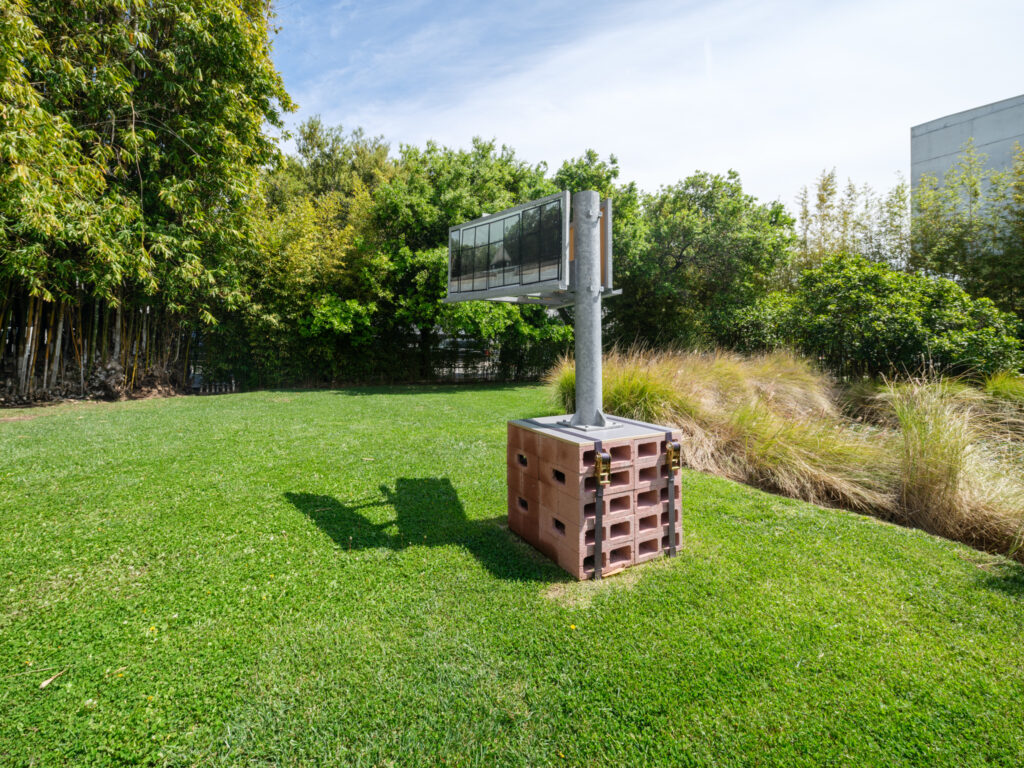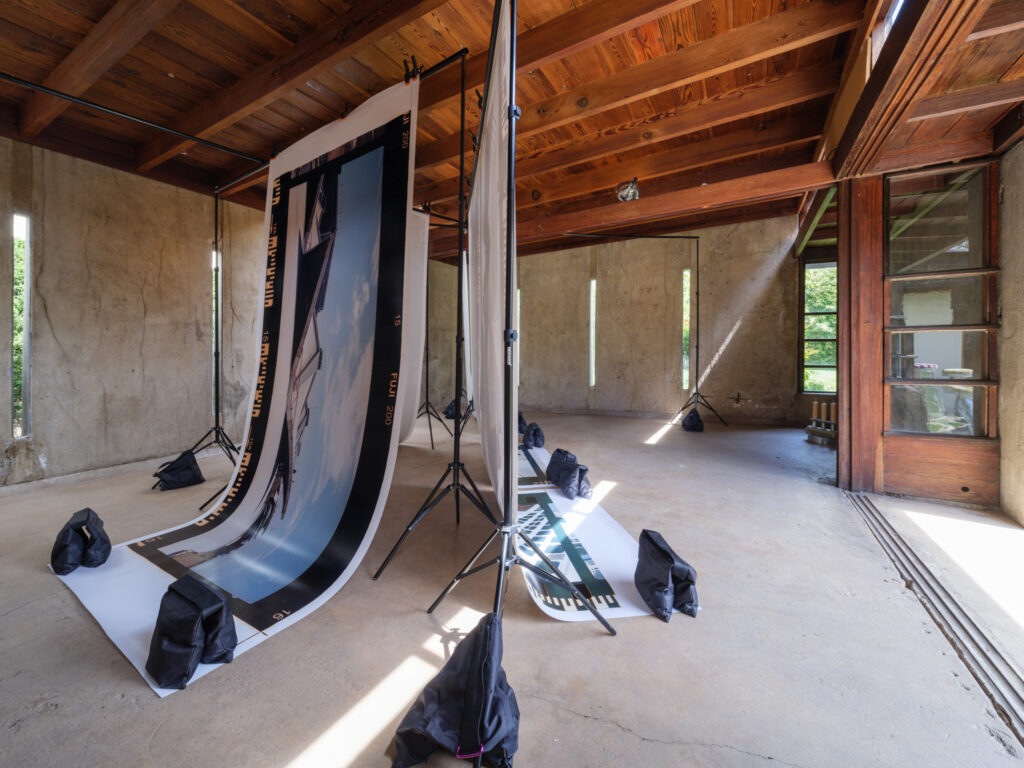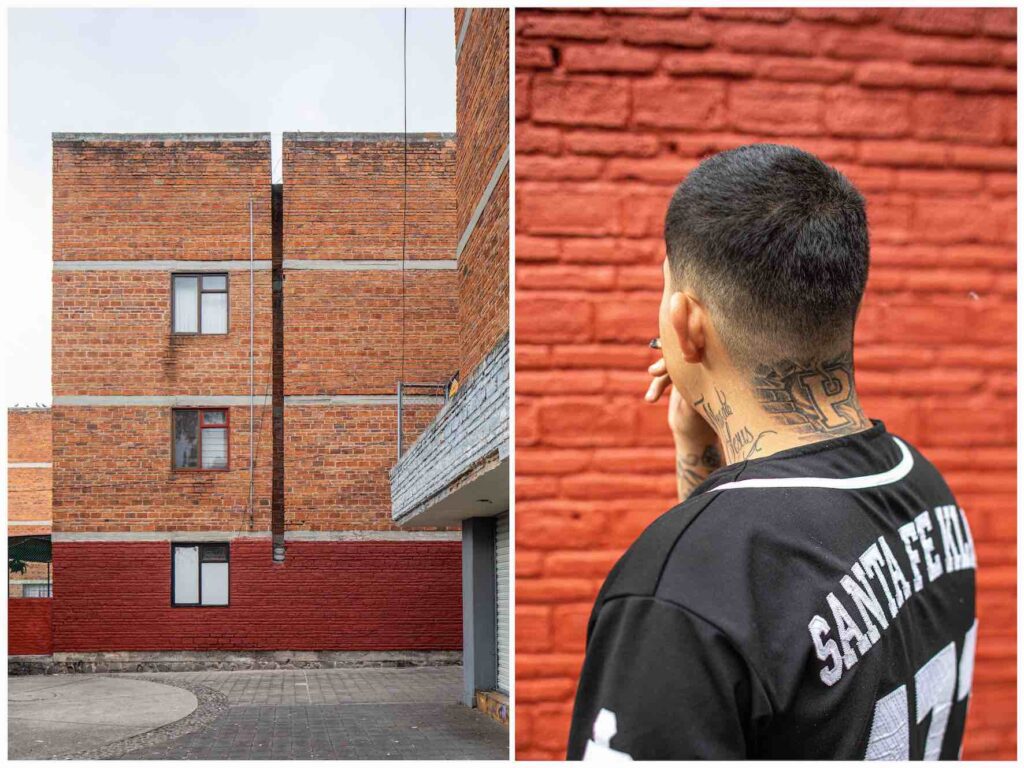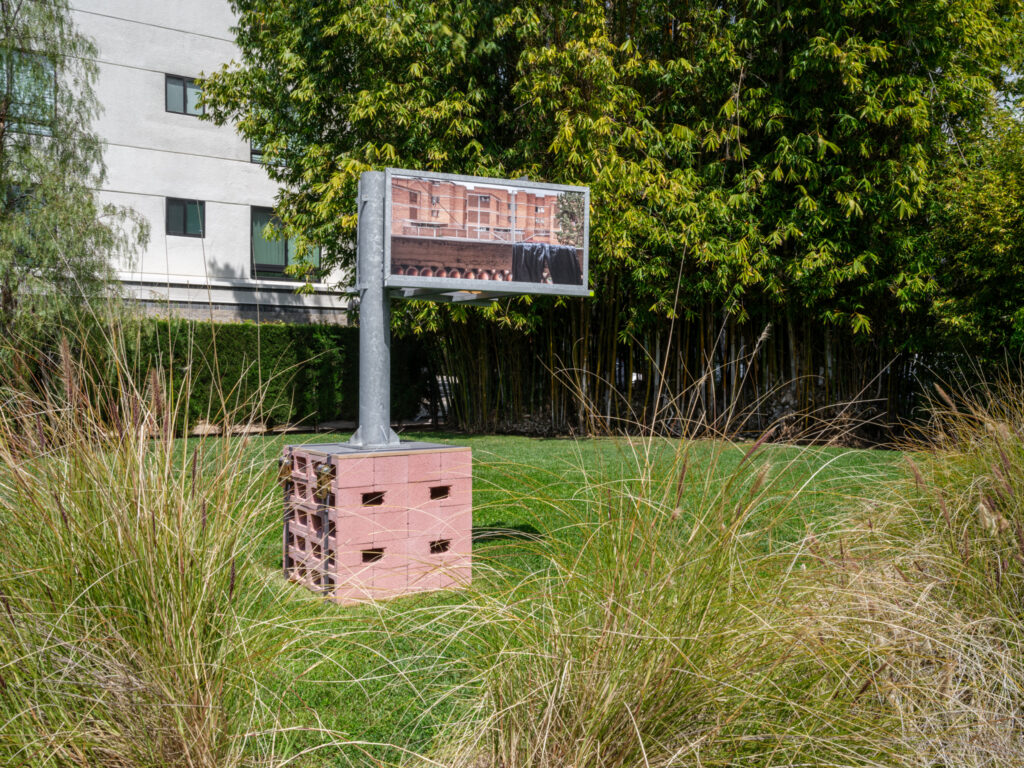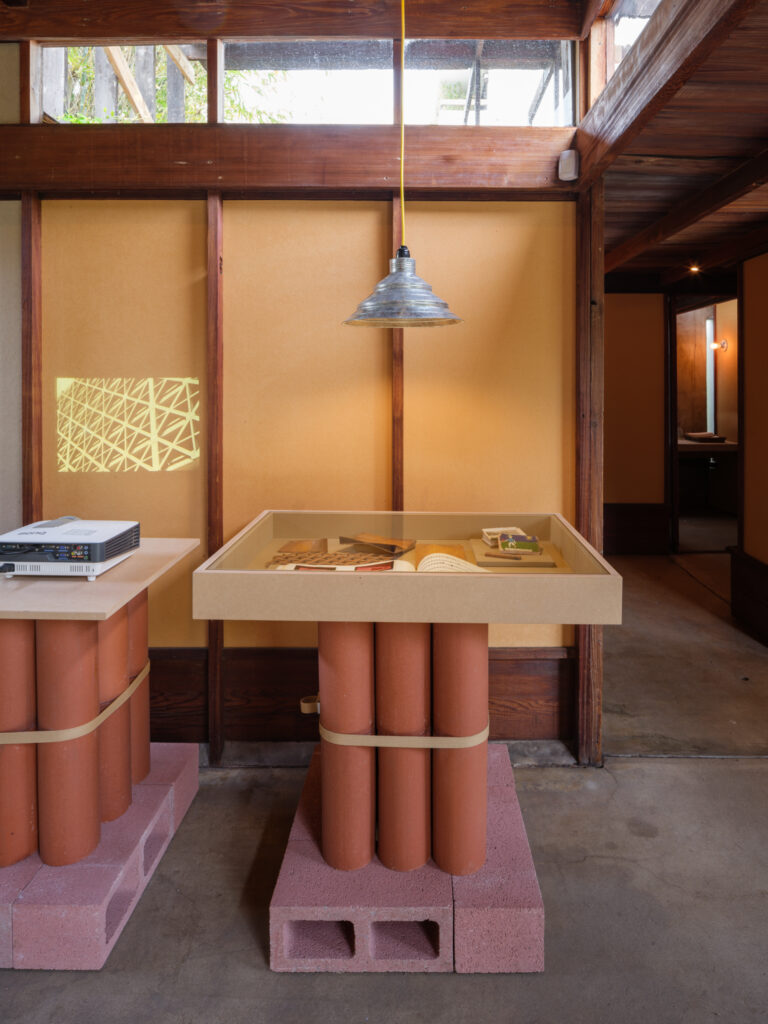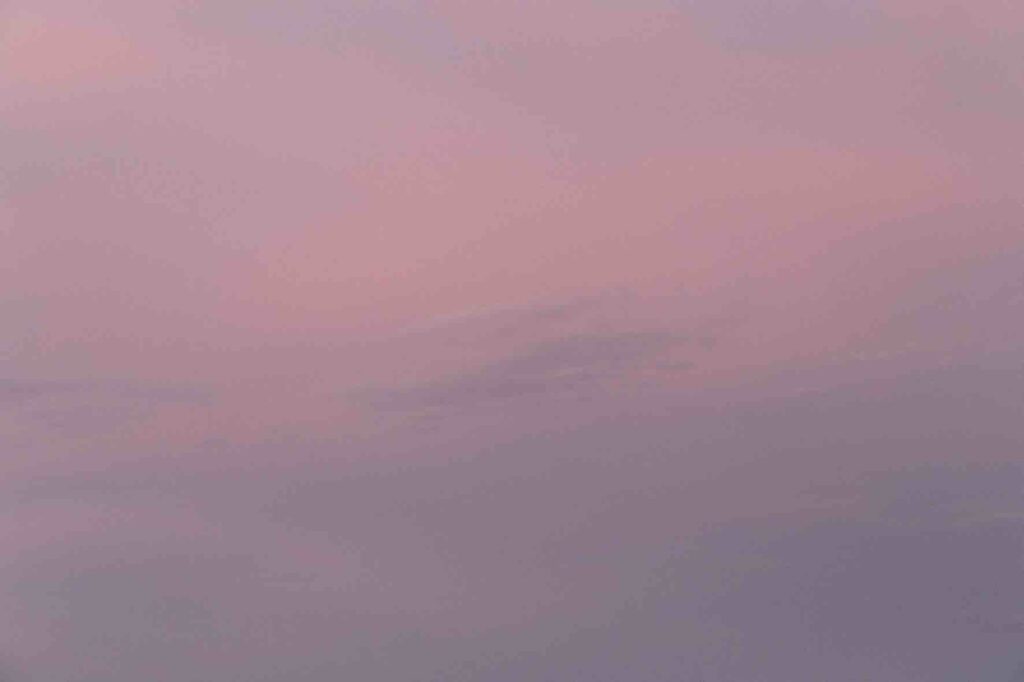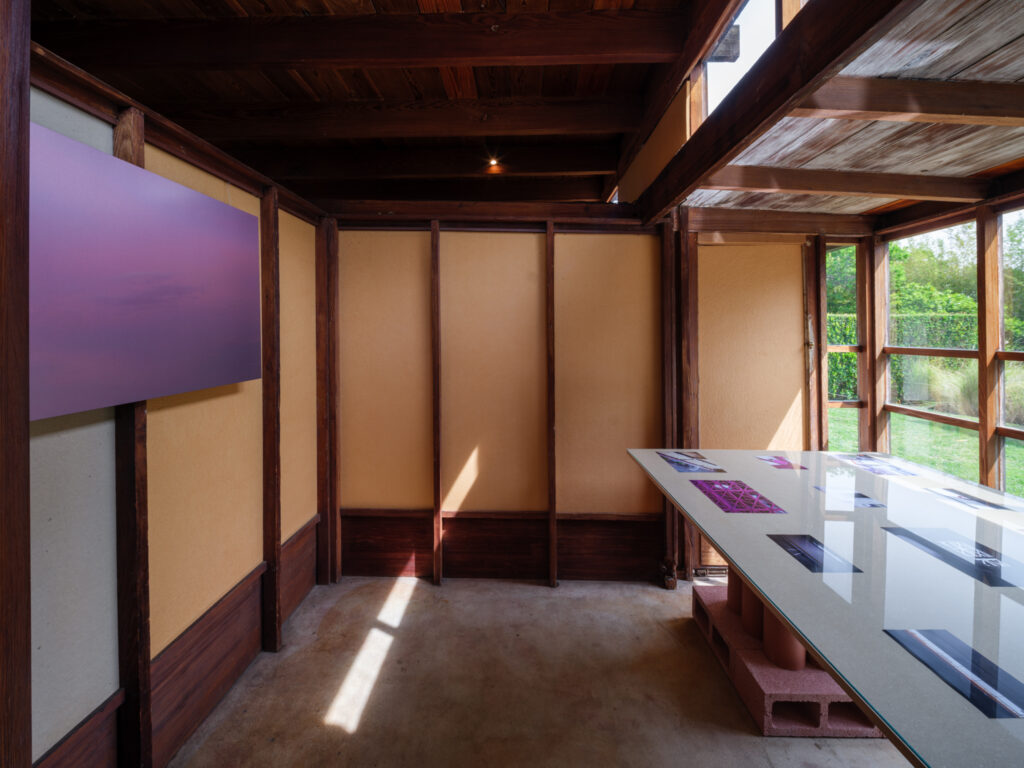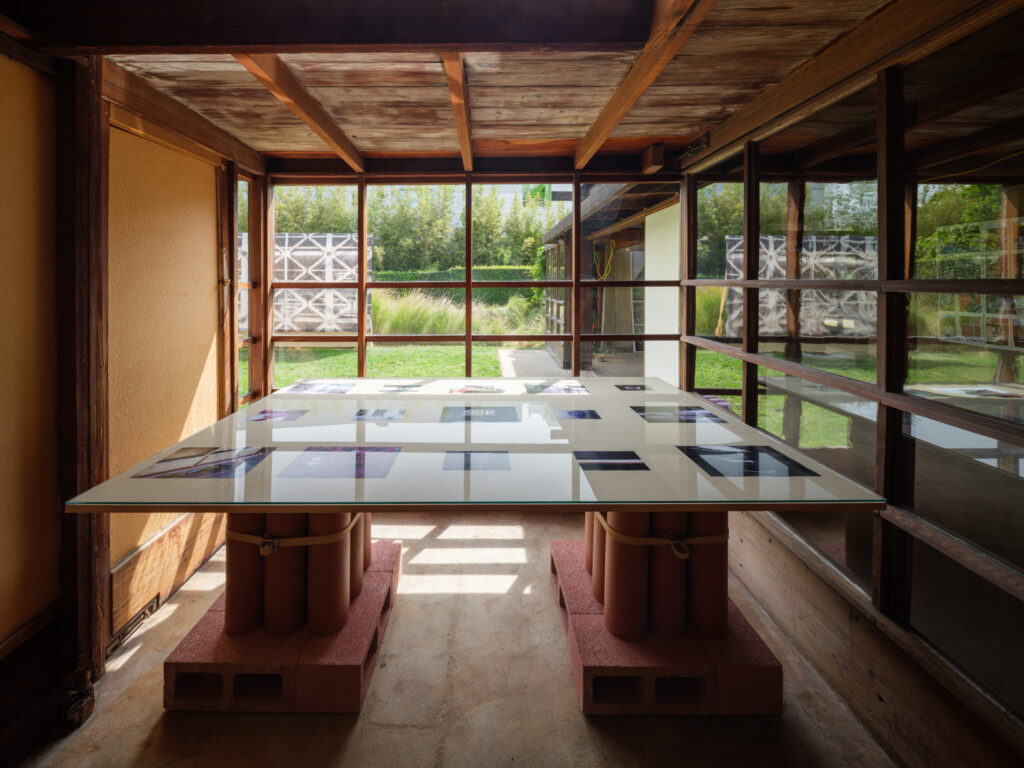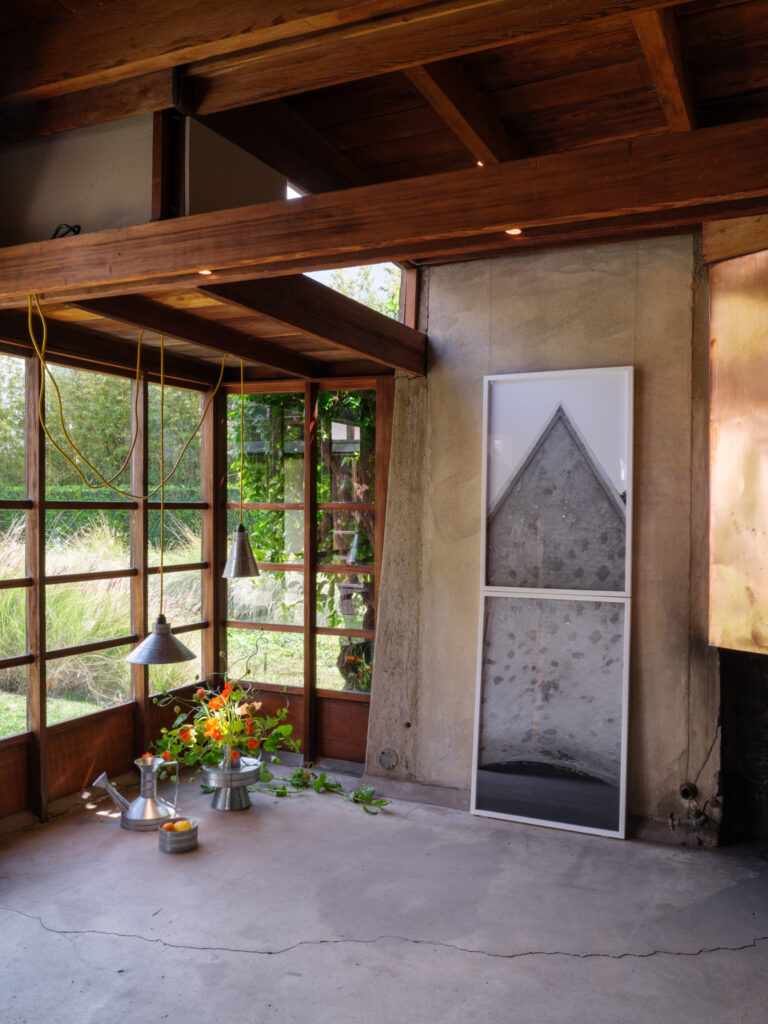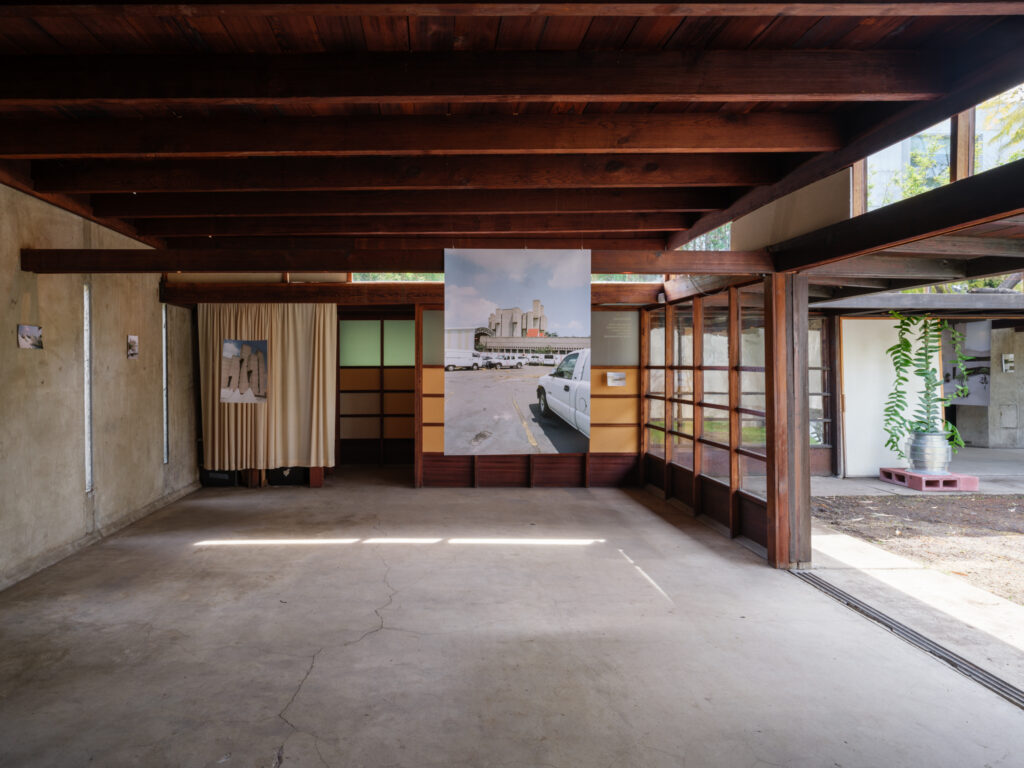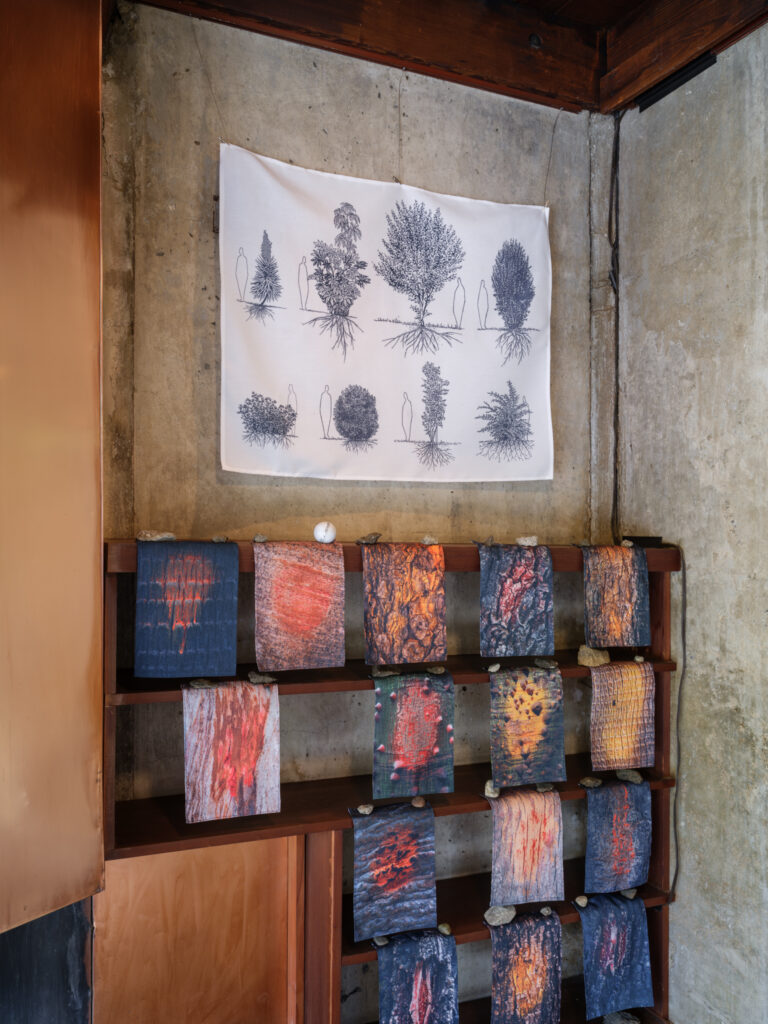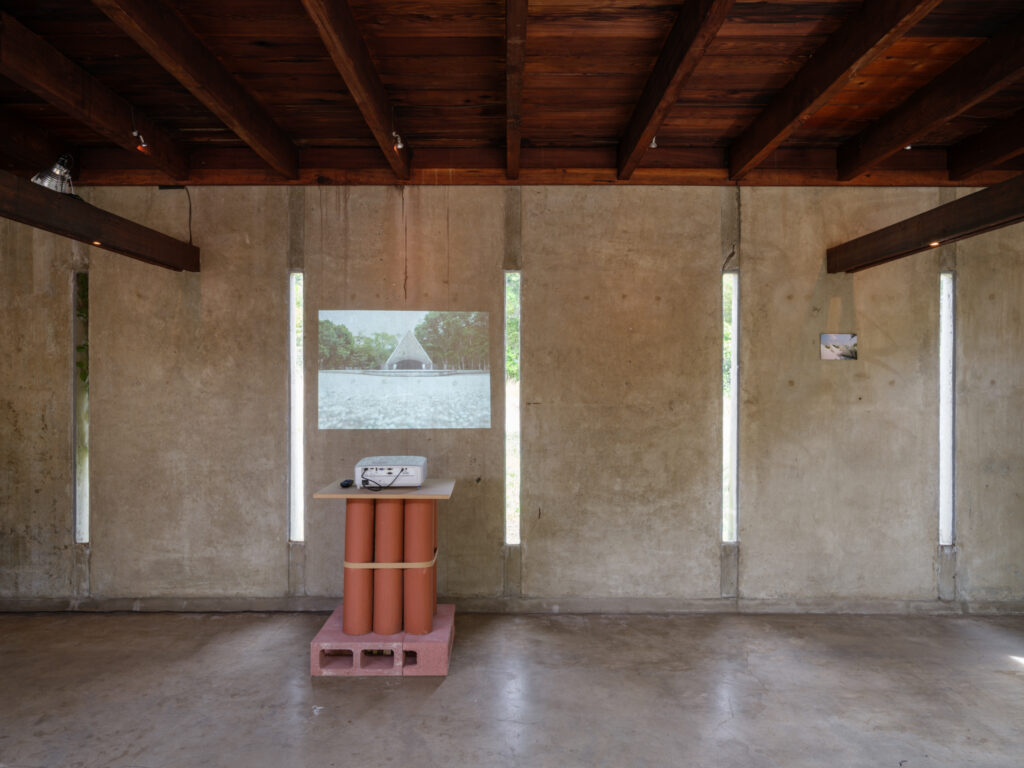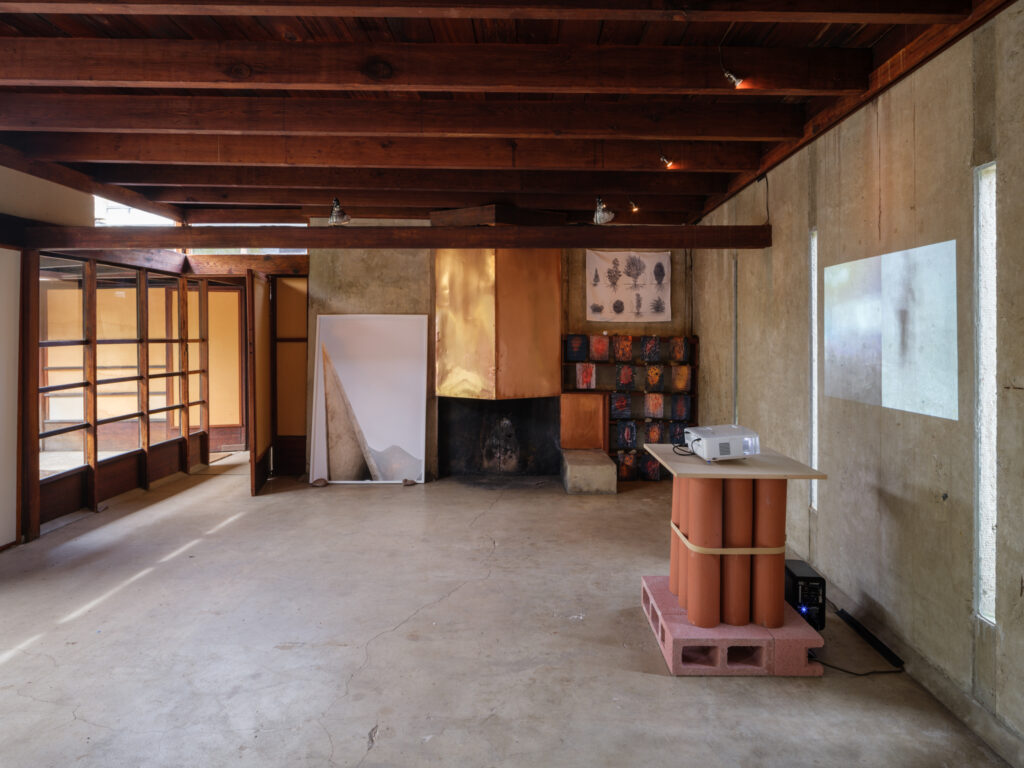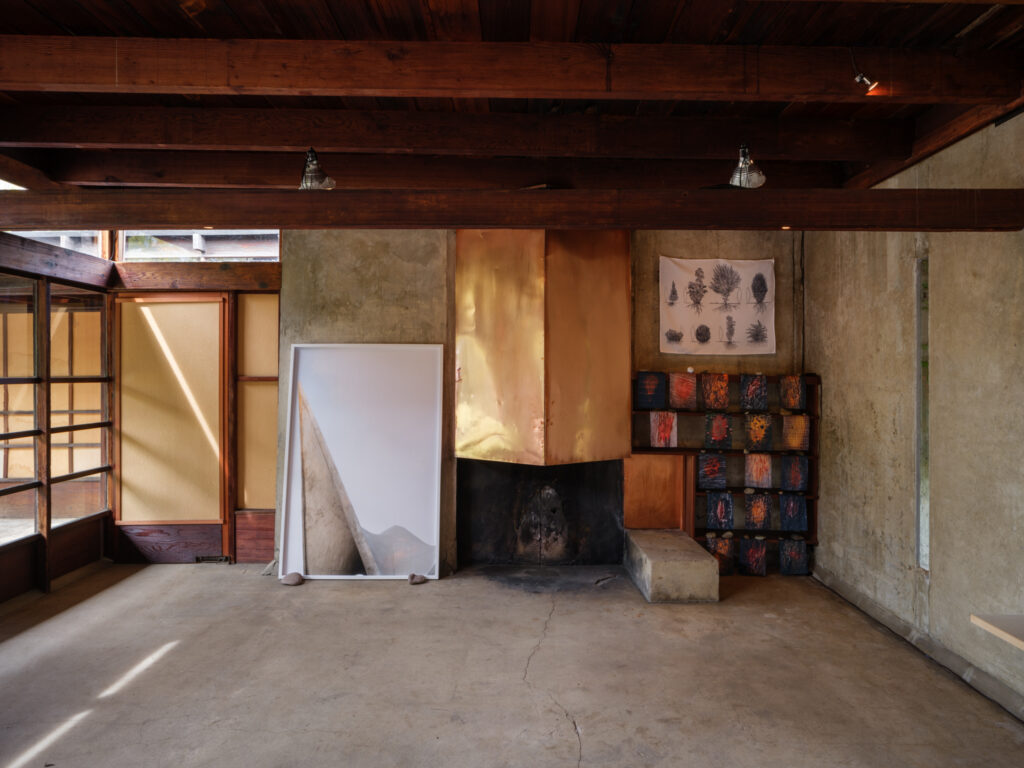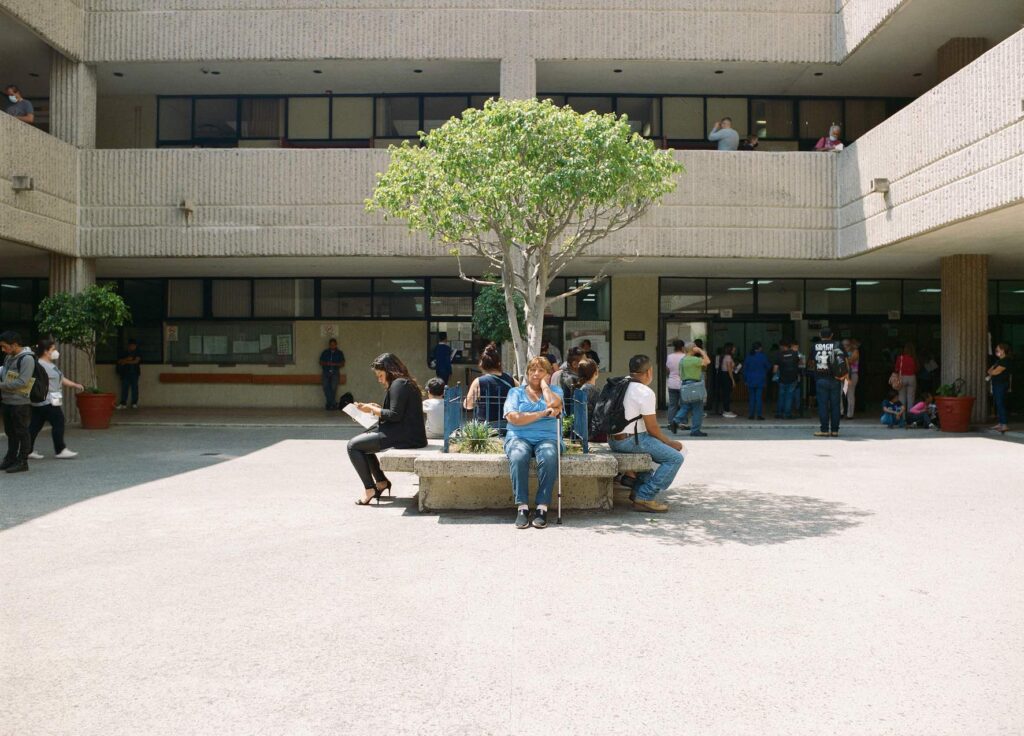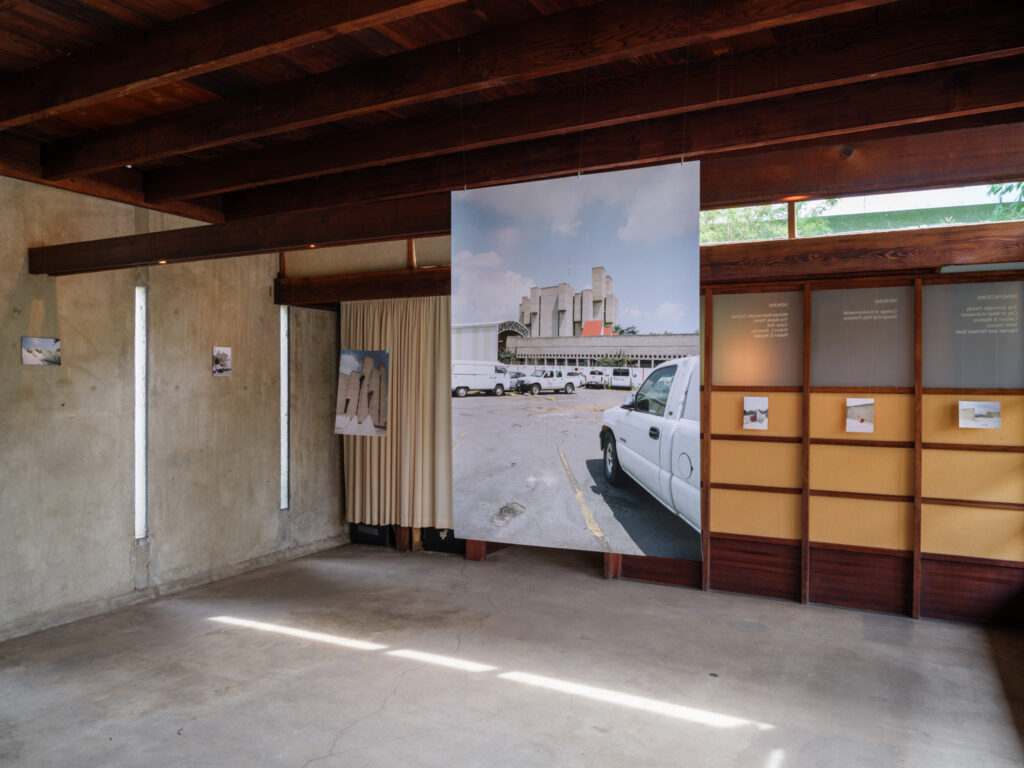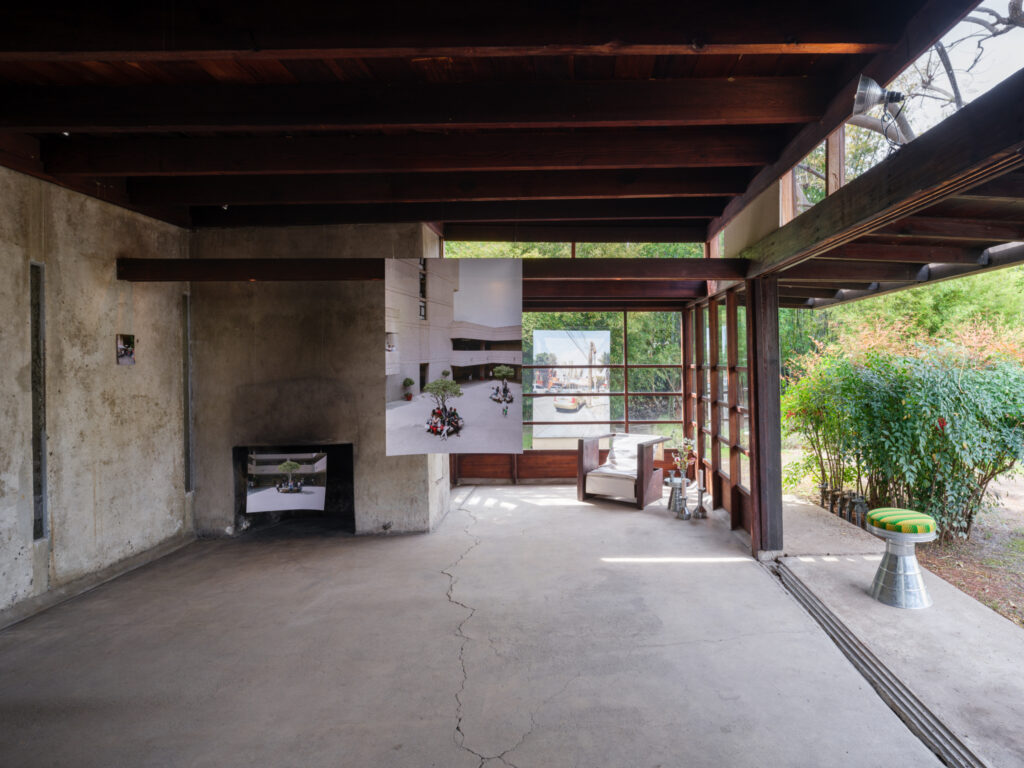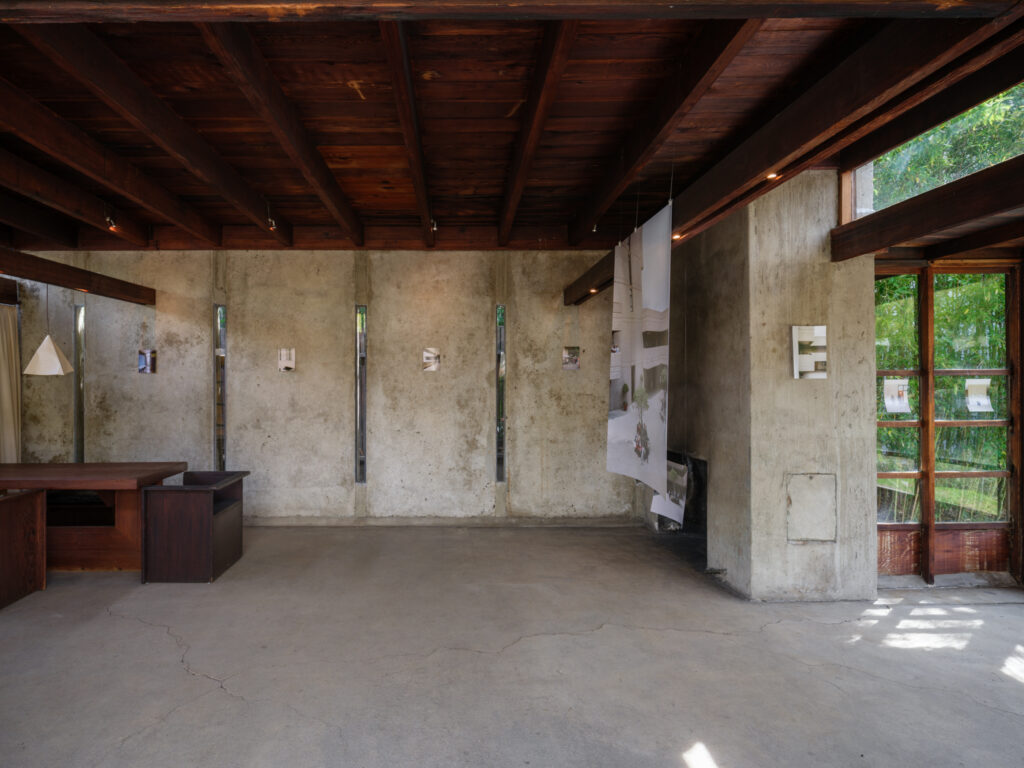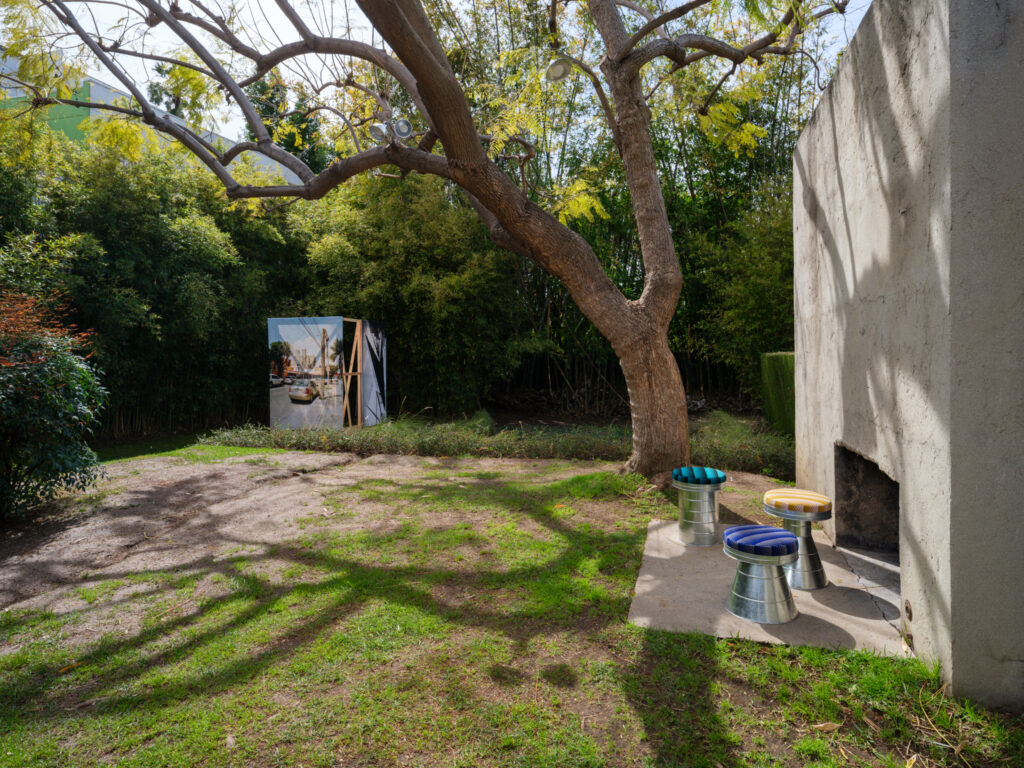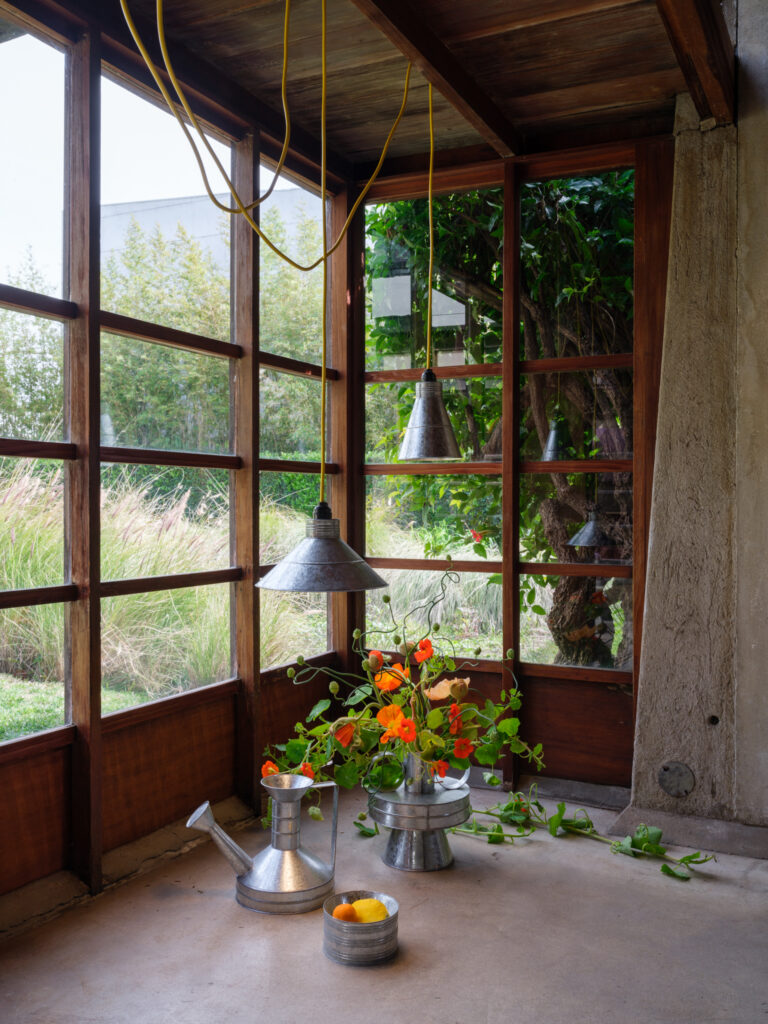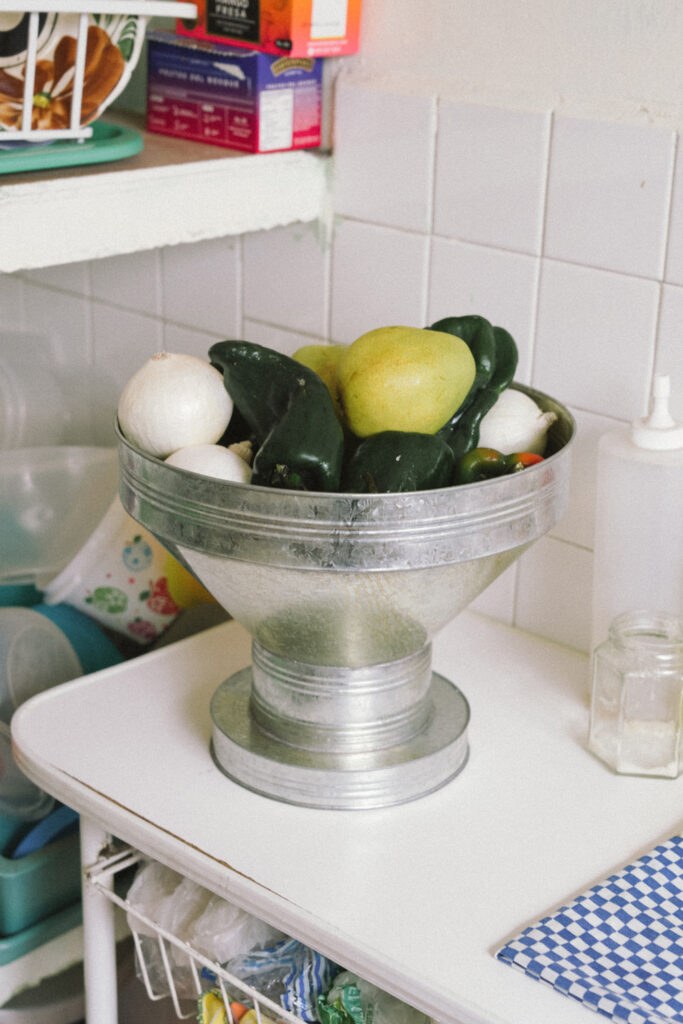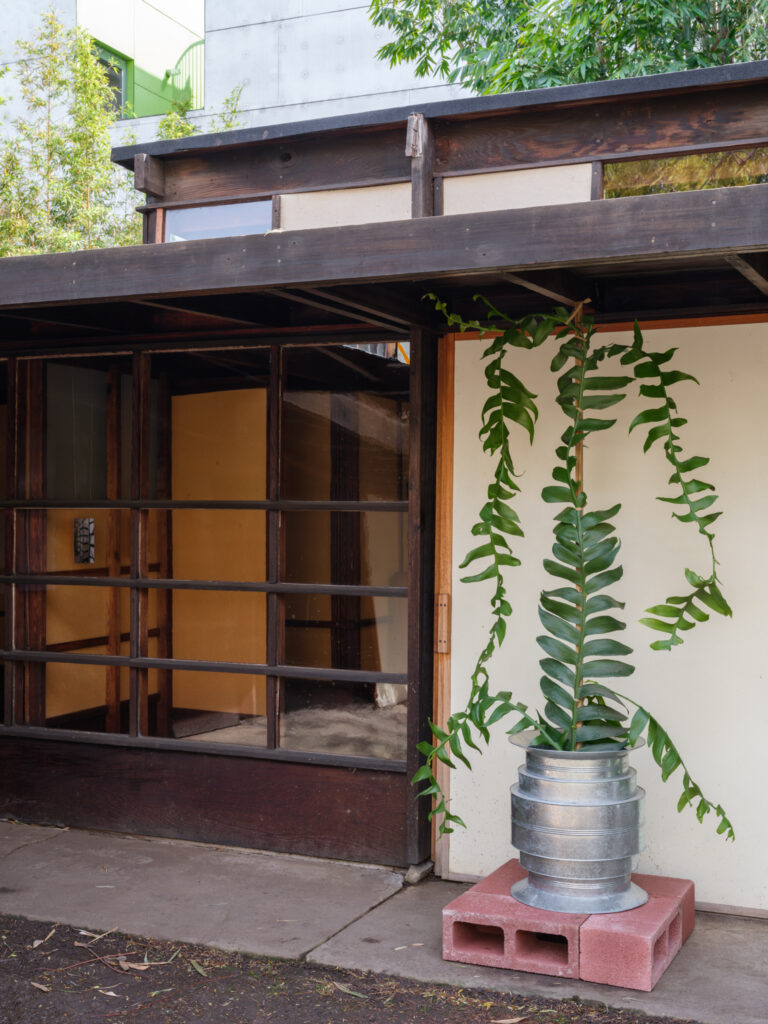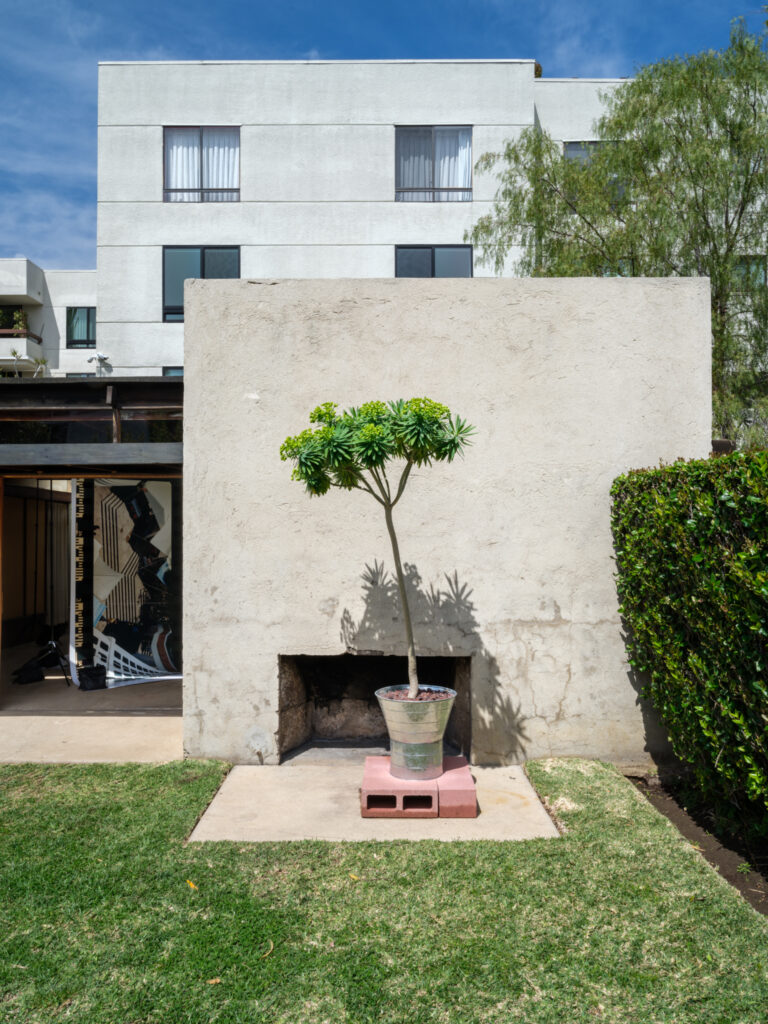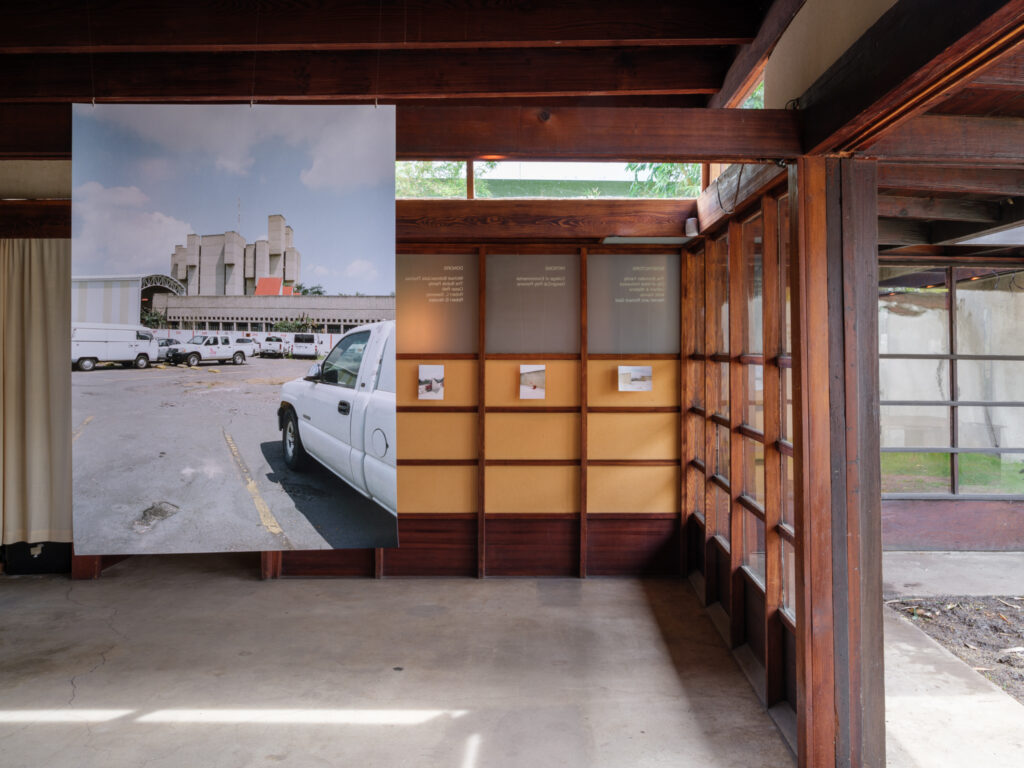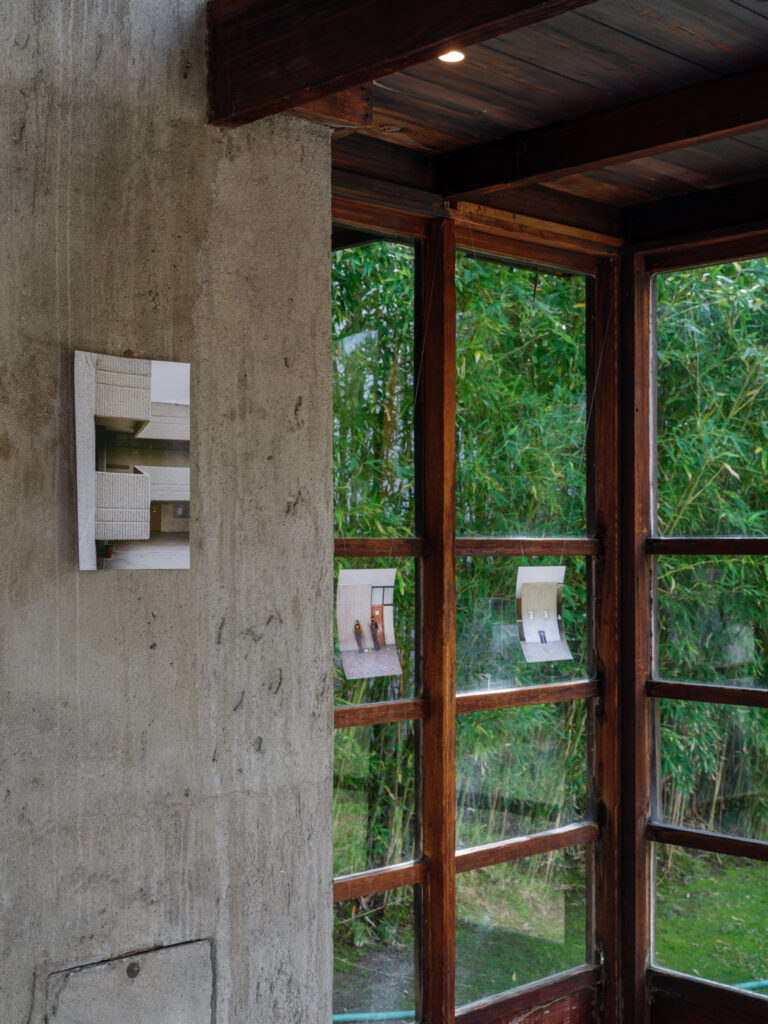The demise was probably inevitable, foretold by an Ed Ruscha painting. William Pereira’s LACMA opened in 1962, but the buildings were never great. Its corporate modernism was inward‑looking, and its flourishes didn’t age well. Later additions by Hardy Holzman Pfeiffer Associates (1986) and Renzo Piano (2008, 2010) atomised the campus, but there was always something pleasant about sitting in the plaza and watching museum‑goers drift from building to building – a piece of pedestrian urbanism in a town long blasted for not having any. (It does.)
Out of the windows of Lenny Steinberg’s Venice Beach living room, there are a few hundred metres of sand, a line of white surf, then the grey-blue expanse of the Pacific Ocean. It’s a remarkable, pinch-me view, the kind most folks only see from the nearby boardwalk at Muscle Beach, where tourists and roller skaters glide through a perfume of cannabis dispensaries and fish taco stands.
The LA-based designer’s home is just a few doors down from Frank Gehry’s Norton House, a mid-1980s landmark that mimics a lifeguard tower. She and her husband, Bob, a prominent lawyer, moved here in the 1990s, transforming a 1960s post-and-beam duplex into a minimalist roost that now houses an archive and showroom of five decades of her work, alongside her art and object collection. Each piece – from the Lucite high heels on a table by the front door to the Frank Stella print in the main bedroom – reflects, in short, the fruits of a highly creative life.
Lesley Lokko’s sprawling, dense Biennale asks us to engage different representational languages. It’s a slow burn, but finding new legibility takes a moment.
“Zt. Zzt. ZZZzzzZZZzzzzZZZzzzzzzZZZZzzzzzzzzZZZzzzzzZZZzzzzo’ona,” begins The Old Drift, Namwali Serpell’s 2019 novel set in Zambia. The insistent whine of a mosquito. Her pesky, omniscient narrator traverses generations and geographies. It’s a tale of violence and the folly of colonization. That hum, indigenous and persistent, singular and swarm, is the consciousness of the African continent.Those ZZZs droned through the Arsenale and Giardini as participants, journalists, and VIPs gathered to kick off the eighteenth International Venice Architecture Biennale, and echoed across alleys and piazze made damp by unseasonal rain and high tides. Venice, after all, is a reformed swamp with mosquitos of its own.
Seeking Zohn presents works by Mexican-Austrian architect and engineer Alejandro Zohn (1930-2000) through contemporary photography and design. The exhibition takes as subject Zohn’s robust civic and commercial architecture built in Guadalajara from the 1950s to the 1990s, with an interest in how the city’s social, cultural, and material histories are interwoven with his structures.
Commissioned photography and video by artists Adam Wiseman, Lake Verea, Onnis Luque, Sonia Madrigal, and Zara Pfeifer veer from the documentary conceit of architectural photography toward the subjective. This work is decidedly interpretive, seeking out the many narratives contained within parks, markets, collective housing, malls, and bureaucratic buildings. Zohn, a Jewish emigree who fled Vienna during World War II at the age of 8, dedicated his career to creating a modern Guadalajara. Through these photographs—acts of investigation and translation—we find glimpses of his utopian desire amidst the chaos, beauty, and violence of everyday life. Read More …
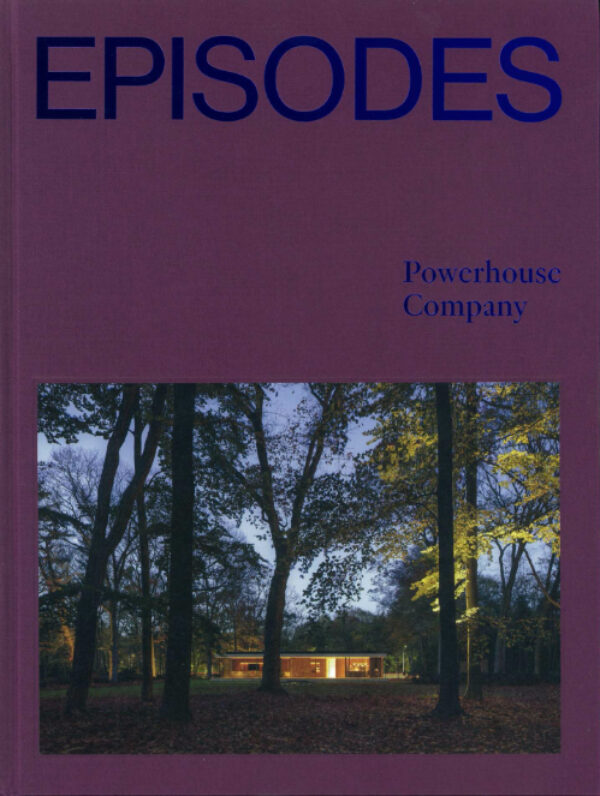
With 18 projects ranging from a chair to high-rise buildings, this book offers a cross section of the recent work of Powerhouse Company, which is based in Rotterdam, Munich, and Oslo. These projects are episodes in the success story of an architectural office that only completed its first building, a villa, in 2007. In three essays, Mimi Zeiger, Hans Ibelings, and Gay Gassmann share their insights on the work and the motivations of Powerhouse Company. Episodes traces how Powerhouse Company’s architecture has evolved while retaining what sets it apart: its attention to craftsmanship and innovation, its generosity, its comfort, and its resolute beauty.
“This is the beginning of a cultural institution,” said Morphosis principal Thom Mayne in late September, seated in the plaza of the nearly completed Orange County Museum of Art (OCMA), in Costa Mesa, California. Behind him, VIPs dressed in black tie streamed from the valet to the white-on-white lobby for an exclusive opening event on the structure’s upper terrace. The $94 million building—its swooping prow jutting like a glazed pompadour from the facade—opened to the public on October 8.
Located at Segerstrom Center for the Arts, a suburban campus studded with architecture by Pelli Clarke Pelli and Michael Maltzan Architecture, Morphosis’s 53,000-square-foot museum is the last piece of a plan devised by civic leaders and philanthropists in the late 1960s and begun in the ’80s. It was designed to cluster Orange County’s arts organizations—like a food court for culture where you can catch the symphony, a touring production of Hamilton, and now an art exhibition.
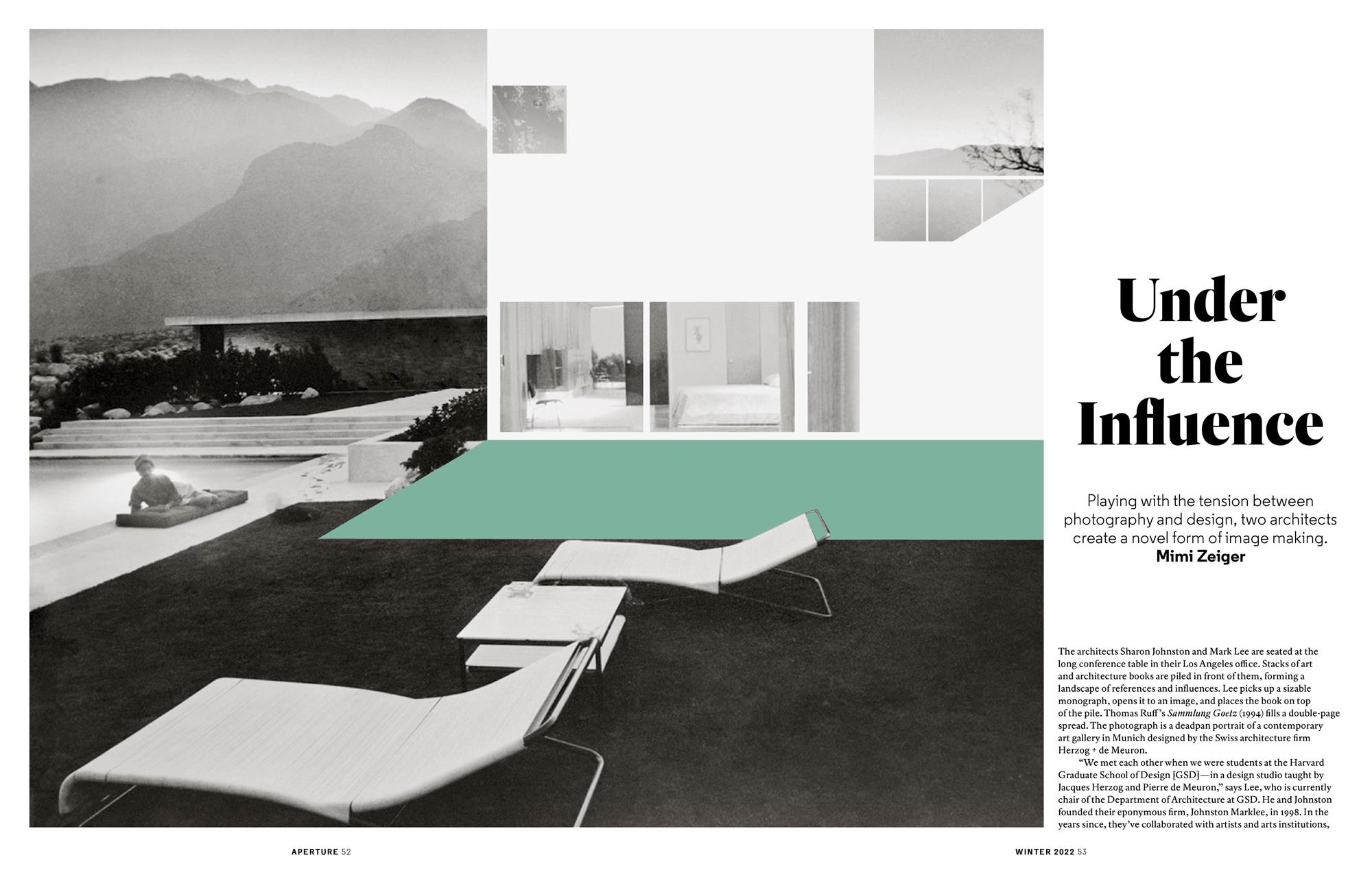
The architects Sharon Johnston and Mark Lee are seated at the long conference table in their Los Angeles office. Stacks of art and architecture books are piled in front of them, forming a landscape of references and influences. Lee picks up a sizable monograph, opens it to an image, and places the book on top of the pile. Thomas Ruff’s Sammlung Goetz (1994) fills a double-page spread. The photograph is a deadpan portrait of a contemporary art gallery in Munich designed by the Swiss architecture firm Herzog + de Meuron.
In 2002, the artist hoped her 63-square-foot cabin—temporary, portable, and made out of aluminum-framed fiberglass panels—would help make the High Desert an art destination outside of Los Angeles.
Andrea Zittel is a homebody. The artist, who finds herself globetrotting from Berlin to Brooklyn or from the California high desert to Stockholm, maintains two residences that double as laboratories for her artwork. A-Z East is in the Williamsburg section of Brooklyn and A-Z West is two hours outside of Los Angeles, in the town of Joshua Tree.
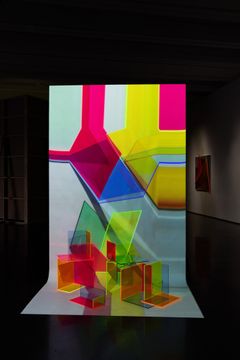
Since the 1970s, Barbara Kasten (born 1936) has developed her expansive photographic practice through the lens of sculpture, painting, theater, textile and installation. Well known within photographic and contemporary art discourse, the Chicago-based artist has recently begun to be reconsidered within the broader context of architectural theory. This survey contextualizes Kasten’s investigations into how moving images and light play within and through architectural forms.
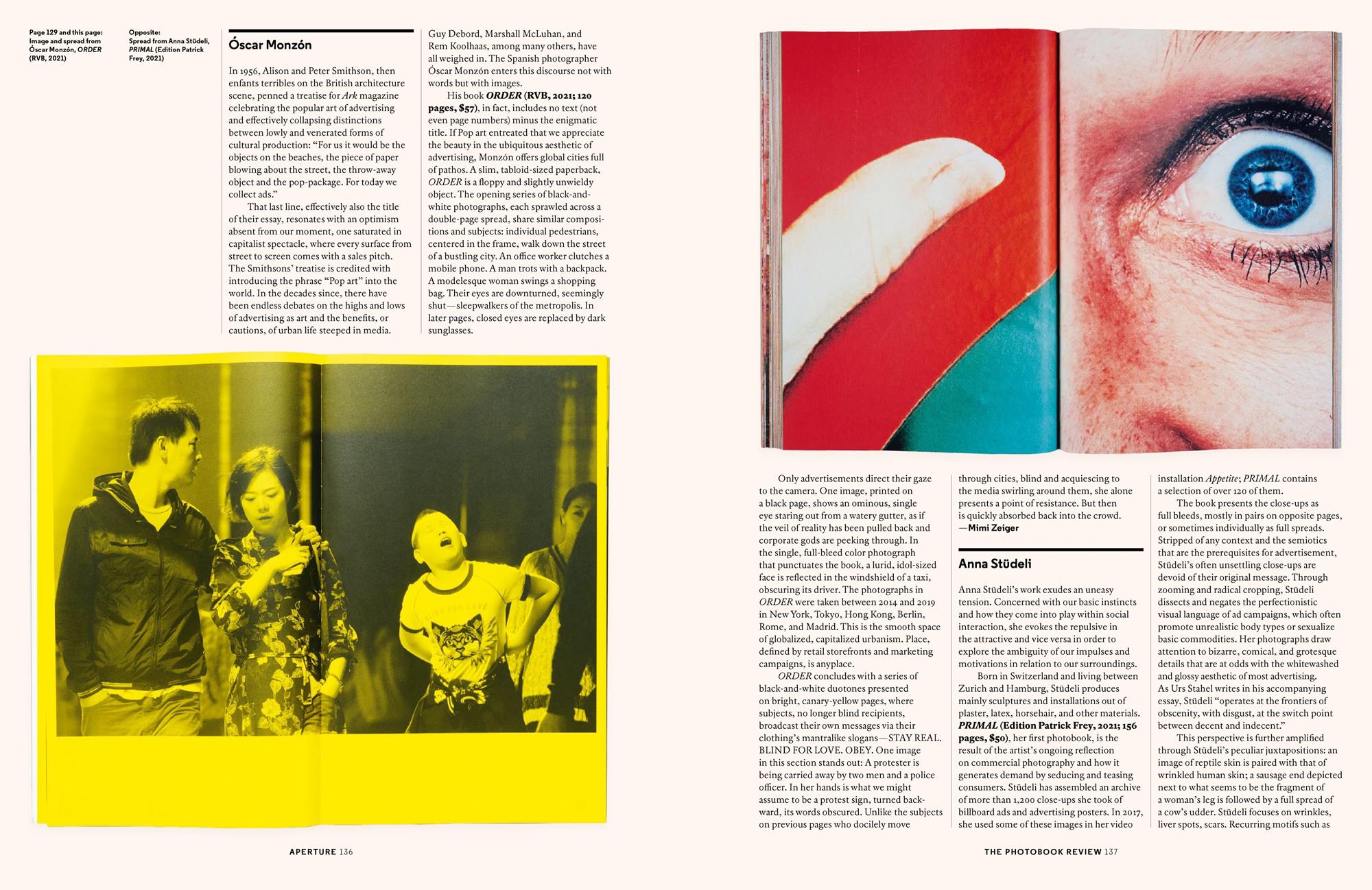
In 1956, Alison and Peter Smithson, then enfants terribles on the British architecture scene, penned a treatise for Ark magazine celebrating the popular art of advertising and effectively collapsing distinctions between lowly and venerated forms of cultural production: “For us it would be the objects on the beaches, the piece of paper blowing about the street, the throw-away object and the pop-package. For today we collect ads.”
